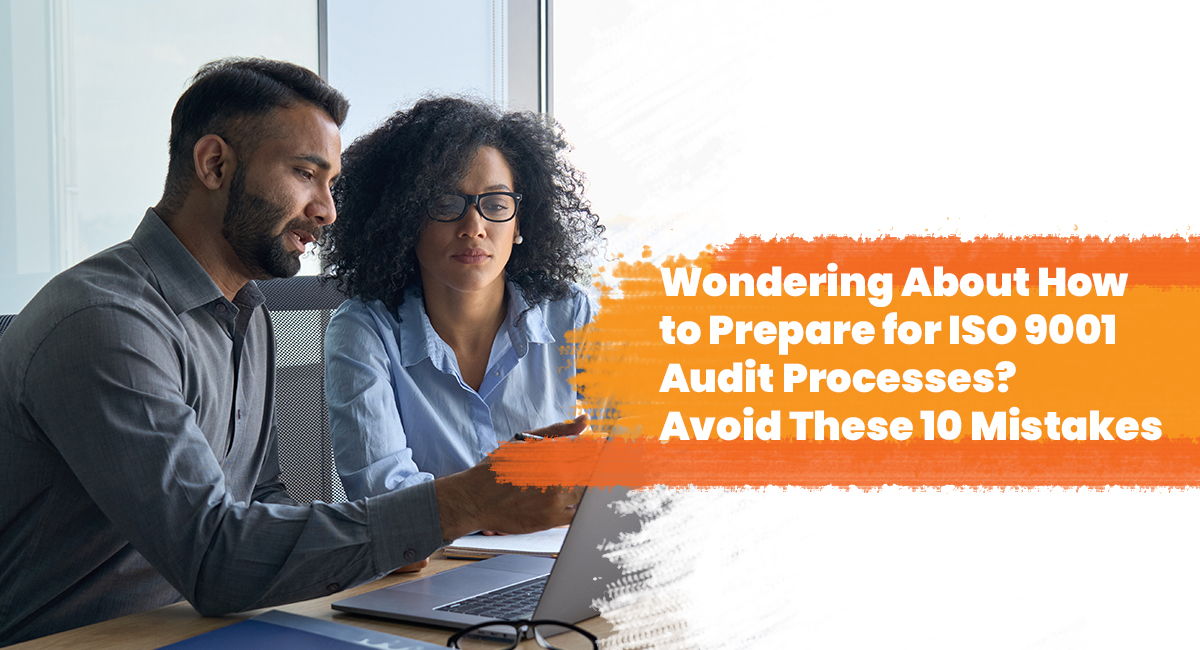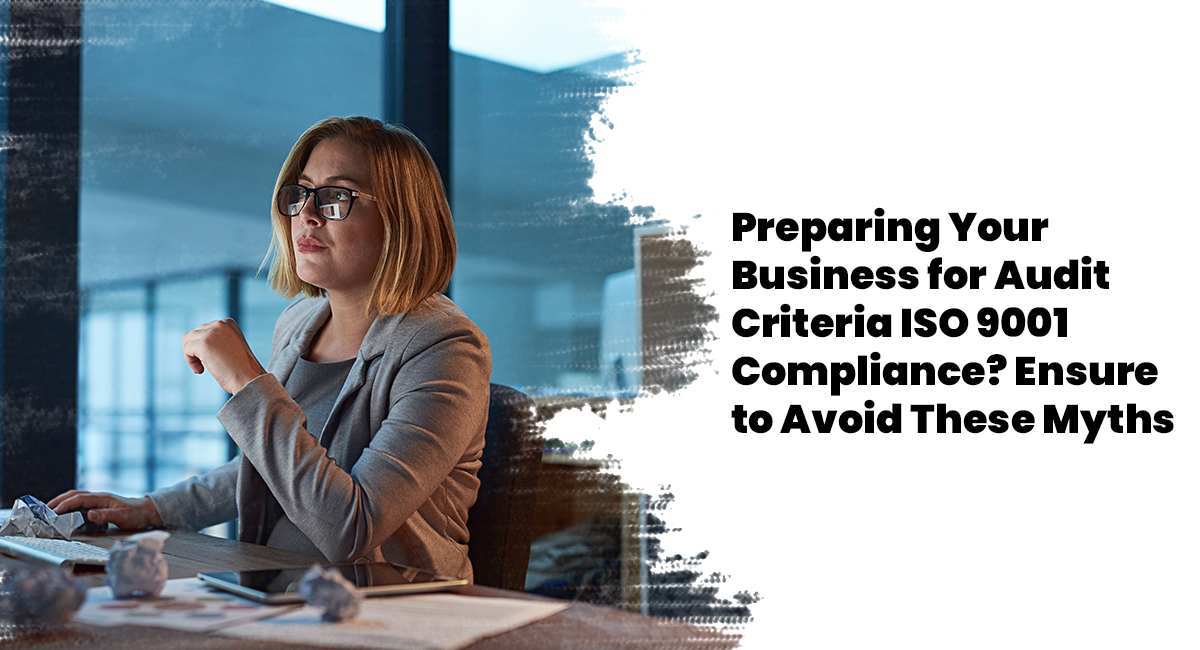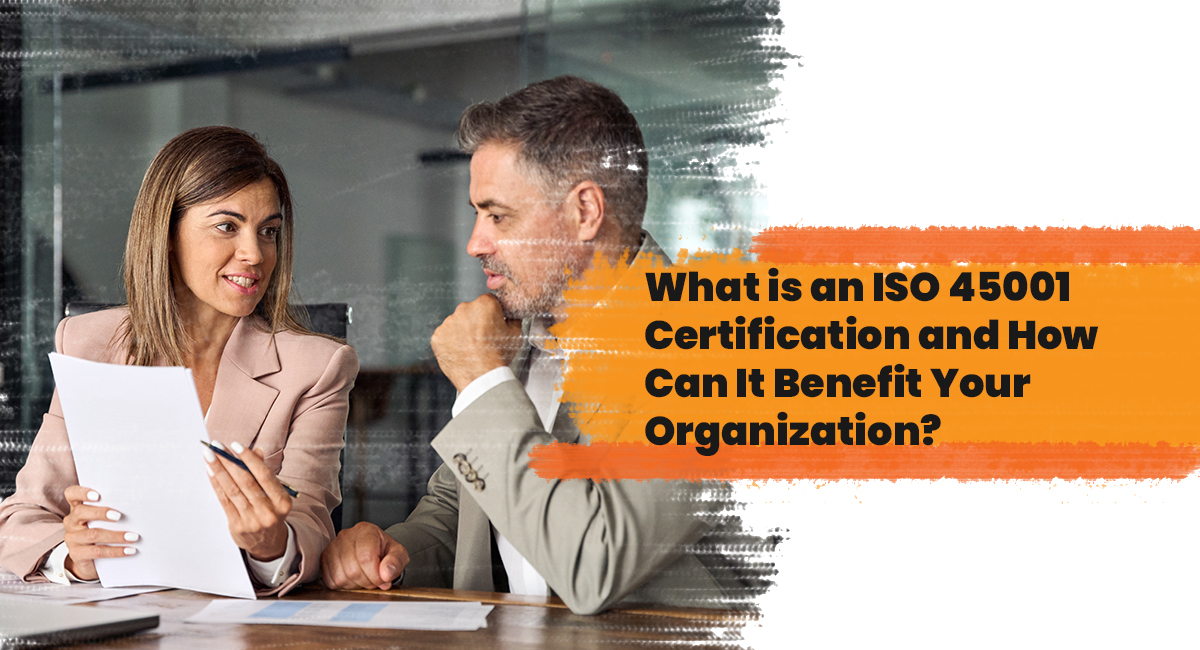The healthcare sector is ever-changing and ever-evolving. Since the pandemic era, the healthcare market has been experiencing growth across the world. Further, it’s expected to grow at a CAGR of 6.05% during 2024 – 2033 and reach around $22.57 trillion by 2033. But that alone can’t make the sector trustworthy, as not all hospitals or healthcare centers are the same. Well, getting ISO 13485-certified with the latest ISO 13485 audit checklist can help your hospital build trust among patients.
In today’s ever-changing society, getting an ISO 13485:2016 certification can ensure the safety of patients alongside the dependability of using the medical equipment(s). While most hospitals seek to offer the best healthcare services to their patients. Ensuring ISO 13485 compliance to establish the QMS (Quality Management Systems) in your hospital can be an essential factor in fostering healthcare confidence among consumers.
Wondering how getting ISO 13485-certified can help your hospital to increase patient confidence?
Let’s explore more about that in the following blog post.
The role of ISO 13485 certification in boosting healthcare confidence for hospitals
ISO 13485 is internationally recognized for specifying the rules for QMS for medical device-specific industries.
Sectors that manufacture, distribute, and deal with the use of medical devices must be ISO 13485-certified to confirm their dedication to offer the highest level of safety while ensuring regulatory and efficiency compliance.
Thus, hospitals should also get this ISO certification to boost patient confidence. Achieving the ISO 13485 certification can help you in a lot of ways.
Here are the following benefits:
1.It can help you ensure end-to-end quality management
Implementing ISO 13485 comes with a complete QMS starting from the initial ideas of design to post-market surveillance (PMS). Hospitals complying with the latest ISO 13485 guidelines ensure that they’re committed to maintaining the highest quality services across the full life cycle of medical equipment(s), which, on the other hand, can instill trust among patients, regulatory agencies, and the healthcare providers of your hospital.
Achieving the ISO 13485 certification can also help you get better positions to engage with global business partners, stakeholders, and suppliers by strengthening your hospital’s dedication to safety and quality.
2.It can help you improve the performance of your organization.
The ISO 13485 certification can help your hospital focus on enhancing the overall performance through efficiency and process optimization.
Being ISO 13485:2016-certified can provide a higher degree of operational excellence to your hospital. Aside from assuring the quality of medical equipment(s) used in your hospital, it also ensures the overall dependability and efficiency of your healthcare providers.
3.It can help you maintain regulatory compliance and patient safety.
Managing the potential risks and deploying corrective measures to assure the efficacy and safety of the medical equipment(s) is one of the key ISO 13485 guidelines.
Achieving this ISO certification can help your hospital demonstrate its commitment to meet the international regulatory requirements to build confidence among healthcare consumers while ensuring that medical equipment(s) used in your hospital meet all the quality requirements.
4.It can act as a complementary approach to ISO 9001 certification.
Both ISO 13485 and ISO 9001 share similar ideas like continual improvements, customer focus, and process methodologies.
Though the ISO 13485 standard addresses the concerns for specific industries that are associated with medical devices, the ISO 9001 standard focuses on a larger QMS across various sectors.
However, since ISO 13485 also deals with a specific type of QMS, implementing this ISO standard would help your hospital to get complementary benefits of ISO 9001 as well. Even though you will still need to achieve the ISO 9001 certification, the connection between these 2 ISO certifications helps you make your quality management more simplified and effective.
How to find the right ISO auditing firm to get your hospital ISO 13485-certified?
If you want to get your hospital ISO 13485-certified, you should conduct internal audits to make sure that your organization complies with all the requirements.
For that, you’ll have to hire a professional ISO auditing firm to ensure ISO 13485:2016 compliance and achieve certification.
When companies look for the right ISO auditing firm, they often look for years of experience of the team.
Well, let us tell you that these are not the only things you should consider when you’re looking for one.
The following are some vital factors you must consider when looking for an ISO auditing firm:
1.Check the knowledge of the team on the ISO 13485 guidelines.
2.Be sure that the ISO auditing team is up-to-date with the latest ISO 13485 requirements.
3.Check the track record of the ISO auditing agency and ask for referrals from them.
4.Even if the company sounds promising, never forget the online reviews of the team from present and former clientele on Google and their company sites.
5.Ensure that the company itself is ISO-certified.
6.Last, but not least, ask about the overall budget and timelines for the ISO 13485 audit.
Bottom line
Wondering how to boost patient confidence to choose your hospital over others? Well, getting ISO 13485:2016-certified by following the latest ISO 13485 audit checklist can help you. We hope this blog can help you understand that.













